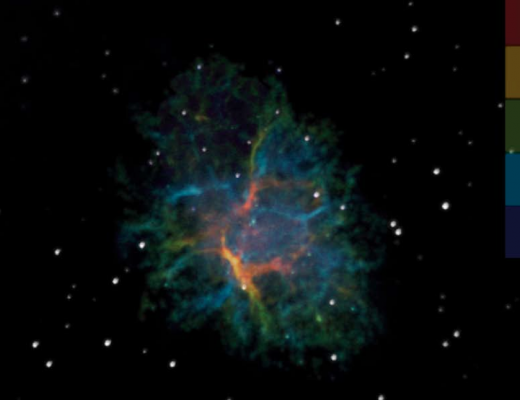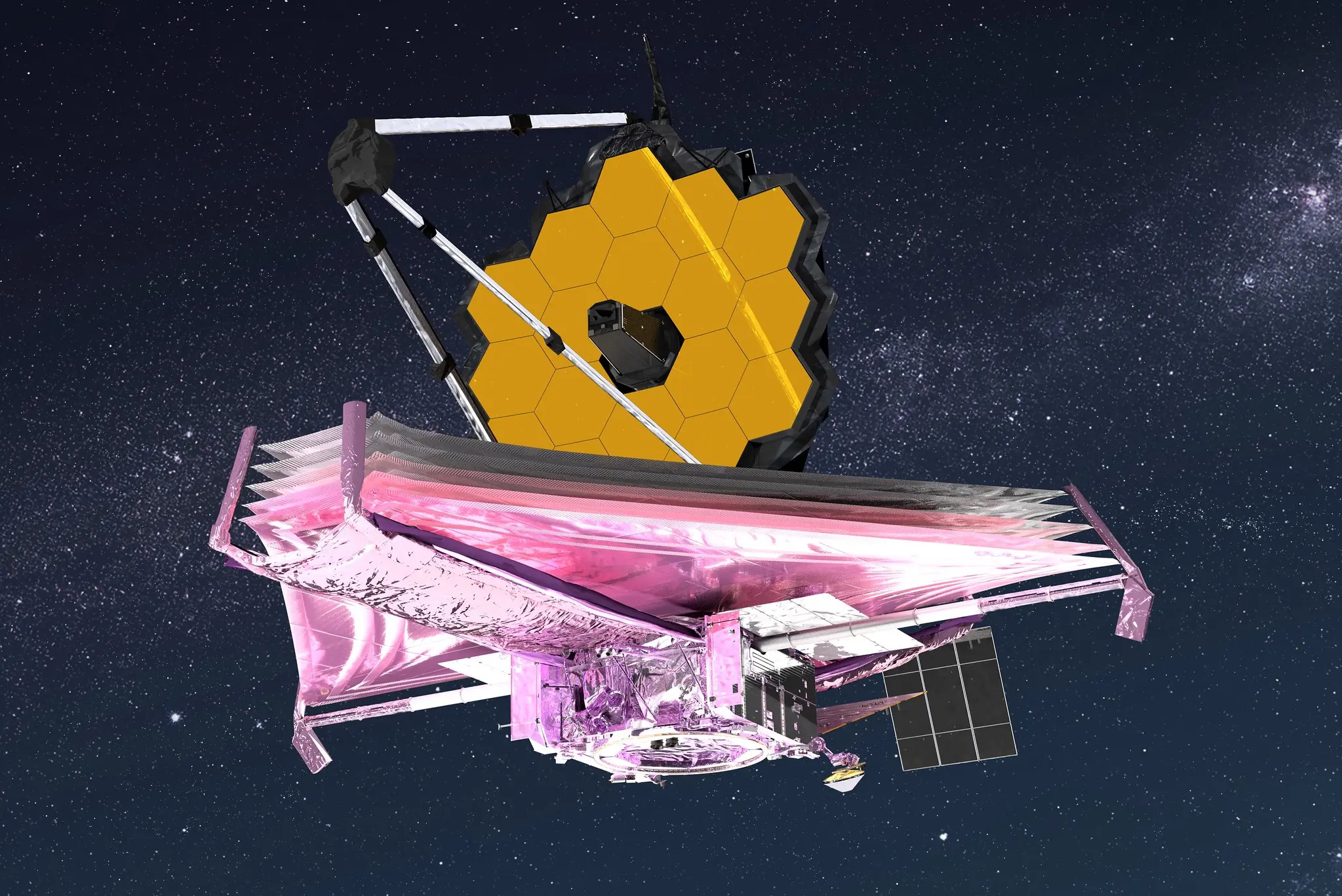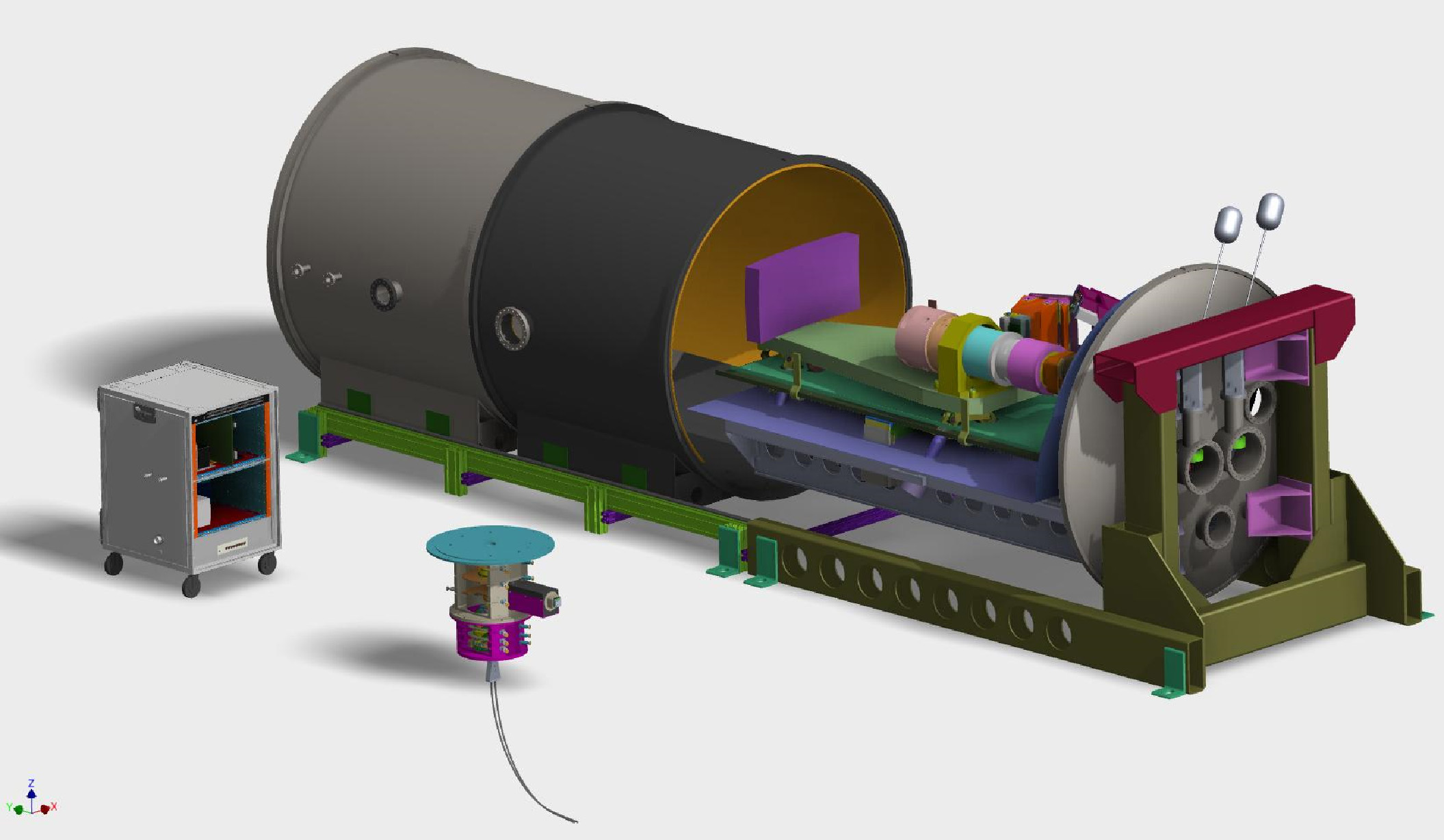OMM in the Works to Deliver an IR Camera for SPIRou

On February 28, the OMM delivered the infrared camera for the SPIRou spectropolarimeter.
SPIRou is an international project led by France, and involving the Canada-France-Hawaii Telescope (CFHT), Canada, Switzerland, Brazil, Taiwan and Portugal. It is a spectropolarimeter coupled with a high-precision velocimeter optimized for the detection of habitable exoTerres around red dwarf stars, as well as for the study of the birth of stars and planets.
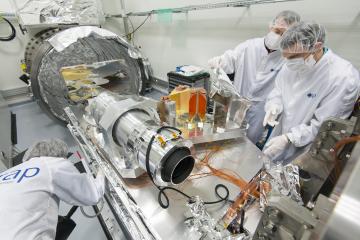
In addition to being a spectropolarimeter – i.e. an instrument capable of breaking down starlight into its elementary colors and vibratory modes – SPIRou is a high-precision velocimeter, capable of recording the tiniest movements of a star that might indicate the presence of an orbiting planet – much like a roadside radar that would flash, not for excess speed of the star observed, but for regular and periodic variations in its speed. SPIRou will thus be able to search for Earth’s twins in the planetary systems of red dwarf stars close to the Sun. The atmospheres of these twin planets can then be scrutinized for water and other bio-molecules associated with the presence of life, using the new space telescope in the making. SPIRou will also be able to decipher the mysteries of the birth of stars and planets, by observing for the first time the magnetic fields of newborn worlds barely a few hundred thousand years old.
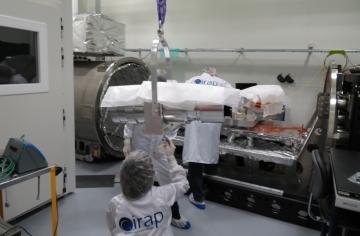
Technologically, SPIRou is also a major challenge. It has to operate in the infrared to best observe the cold stars that are red dwarfs. This requires the heart of the instrument, the spectrometer, to be immersed in a cryostat cooled to the temperature of liquid nitrogen (-200°) to prevent the ambient thermal radiation, omnipresent in the infrared, from overshadowing the very faint stellar light we wish to decipher. What’s more, in order to detect the nanometric movements in the spectra that will betray the presence of habitable Earths, the cryostat’s thermal stability must be exceptional, guaranteeing a constant temperature to an accuracy of a few thousandths of a degree.
SPIRou is a project led by France, and involving, in addition to the CFHT, the Observatoire du Mont-Mégantic in Quebec, Switzerland, Brazil, Taiwan and Portugal. Its budget of €10 million and construction cost of €4 million reflect the major scientific challenge it represents. SPIRou is currently undergoing final integration and testing in Toulouse, and will shortly be delivered to the CFHT. The OMM is responsible for the heart of the instrument: its ultra-sensitive infrared camera.
